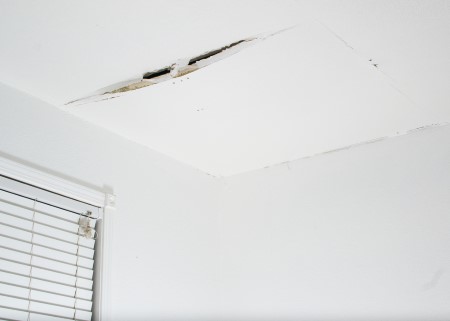We have found this article on Preventing Fires and Water Damage In Your Home down the page on the net and decided it made sense to share it with you on this site.

Water provides life, water breach on components where it's not supposed to be can result in damage. It can peel away surfaces and wear down the structure if the water saturates into your structure. Mold and mildew as well as mold additionally grow in a damp setting, which can be unsafe for your health and wellness. Homes with water damages smell musty as well as old.
Water can come from several resources such as tropical cyclones, floodings, burst pipelines, leaks, and also sewer concerns. In case you experience water damage, it would certainly be great to know some safety preventative measures. Here are a couple of guidelines on exactly how to deal with water damages.
Do Prioritize House Insurance Policy Coverage
Water damages from flooding as a result of heavy winds is seasonal. You can likewise experience an unexpected flood when a damaged pipeline instantly breaks into your house. It would certainly be best to have residence insurance that covers both acts of God such as all-natural catastrophes, and also emergencies like busted plumbing.
Do Not Neglect to Switch Off Energies
In case of a catastrophe, especially if you reside in a flood-prone area, it would certainly be recommended to turn off the major electric circuit. This removes power to your whole house, preventing electric shocks when water can be found in as it is a conductor. In addition, do not fail to remember to shut off the primary water line shutoff. Furnishings will relocate around and create damages when floodwaters are high. Having the major shutoff shut down avoids further damage.
Do Keep Proactive and Heed Climate Notifies
Tornado floodings can be extremely unpredictable. Remain ready and proactive if there is a background of flooding in your neighborhood. Listen to discharge warnings if you live near a river, creek, or lake . Obtain prized possessions from the ground floor and also cellar, after that placed them on the highest feasible level. Doing so reduces prospective building damage.
Don't Neglect the Roof
You can prevent rainfall damage if there are no holes and also leakages in your roofing. This will prevent water from flowing down your wall surfaces and also soaking your ceiling.
Do Pay Attention to Small Leakages
A ruptured pipeline doesn't take place over night. You might notice bubbling paint, peeling wallpaper, water streaks, water spots, or trickling noises behind the wall surfaces. Have your plumbing repaired before it results in massive damage.
Don't Panic in Case of a Burst Pipeline
Maintaining your clearheadedness is vital in a time of situation. Worrying will just intensify the issue since it will certainly stifle you from acting quickly. When it comes to water damages, timing is crucial. The longer you wait, the more damage you can expect. Hence, if a pipeline bursts in your home, right away turned off your main water shutoff to remove the source. Disconnect all electrical outlets in the location or transform off the circuit breaker for that component of the house. Lastly, call a reliable water damages restoration specialist for aid.
Water provides life, water invasion on components where it's not supposed to be can result in damages. Homes with water damage smell stuffy and also old.
Water damages from flooding fees to heavy winds is seasonal. You might see gurgling paint, peeling wallpaper, water touches, water discolorations, or dripping sounds behind the walls. When it comes to water damage, timing is essential.
Some Do's & Don't When Dealing with a Water Damage
DO:
Make sure the water source has been eliminated. Contact a plumber if needed. Turn off circuit breakers supplying electricity to wet areas and unplug any electronics that are on wet carpet or surfaces Remove small furniture items Remove as much excess water as possible by mopping or blotting; Use WHITE towels to blot wet carpeting Wipe water from wooden furniture after removing anything on it Remove and prop up wet upholstery cushions for even drying (check for any bleeding) Pin up curtains or furniture skirts if needed Place aluminum foil, saucers or wood blocks between furniture legs and wet carpet Turn on air conditioning for maximum drying in winter and open windows in the summer Open any drawers and cabinets affected for complete drying but do not force them open Remove any valuable art objects or paintings to a safe, dry place Open any suitcases or luggage that may have been affected to dry, preferably in sunlight Hang any fur or leather goods to dry at room temperature Punch small holes in sagging ceilings to relieve trapped water (don't forget to place pans beneath!); however, if the ceiling is sagging extremely low, stay out of the room and we'll take care of it DO NOT:
Leave wet fabrics in place; dry them as soon as possible Leave books, magazines or any other colored items on wet carpets or floor Use your household vacuum to remove water Use TV's or other electronics/appliances while standing on wet carpets or floors; especially not on wet concrete floors Turn on ceiling fixtures if the ceiling is wet Turn your heat up, unless instructed otherwise

As a devoted reader on Ways to Reduce The Risk Of Fire And Water Damage, I assumed sharing that piece of content was sensible. Sharing is good. You won't know, you might be doing someone a favor. I enjoy reading our article about Safety Tips To Prevent Fire And Water Damage.